Introduction
Welcome to the world of water filtration, an increasingly important topic. Whether you’re a homeowner concerned about tap water or a business owner looking for a product, you must understand your filtration options.
One of the most influential and popular water filtration methods is activated carbon water filters. These filters can effectively remove total suspended solids, volatile organic compounds, sediment, heavy metals, chloramines, and other contaminants from drinking water. However, they do not reduce minerals or TDS in water.
In this guide, we’ll discuss the science and benefits of activated carbon filters so you can decide about your water filtration needs. From residential to commercial applications, activated carbon filters are a versatile solution for removing many contaminants.
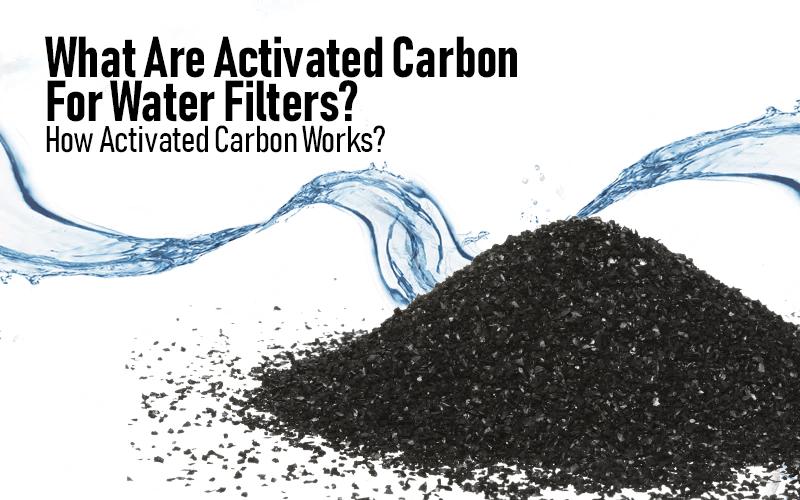
According to the Water Quality Association, activated carbon filters are good at removing contaminants like chlorine, volatile organic compounds, and even some parasites. So, if you’ve ever wondered, “Does carbon filter remove chlorine?” or “What do carbon filters remove from water?” you’re in the right place.
Read on as we discuss everything you need to know about activated carbon filters and the science behind them.
What Are Activated Carbon Filters?
Activated carbon filters are the backbone of the water filtration industry. They are a versatile and effective solution for contaminant removal. But what are these filters, and how do they differ from regular filters?
Definition and Types
Activated carbon filters are made from organic materials with high carbon content, such as wood, coconut shells, or peat. Granular activated carbon (GAC) filters are made from raw organic materials like coal, coconut shells, and wood, have loose granules that allow water to flow through, and can detect and remove contaminants that other filters may miss. The material is “activated” through a controlled process of high heat and oxygen, which opens up millions of tiny pores on the surface of the carbon. This increases the surface area dramatically and allows for maximum adsorption of contaminants.
How They Work
The principle behind how activated carbon filters work is adsorption, not absorption. Adsorption is the adhesion of atoms, ions, or molecules from a gas, liquid, or dissolved solid to a surface. This allows activated carbon filters to trap contaminants through adsorption and catalytic reduction.

Commercial and Residential Applications
Activated carbon filters are not just for home use but also widely employed in commercial settings. From treating wastewater in industrial plants to purifying drinking water in offices, these filters offer a range of applications that meet various needs.
Carbon in Water Filters: A Closer Look
One of the standout features of activated carbon filters is their large surface area, which can be as much as 1,000 square meters per gram1. Carbon block filters, made of fine granules with a binding agent, provide an increased surface area for filtration. This large surface area effectively removes many contaminants, answering the question, “What do carbon filters remove from water?”
Compared with Traditional Filters
While traditional filters like sediment filters or UV filters target specific types of contaminants, activated carbon filters offer a broader range of contaminant removal. Carbon block filters, for instance, have finer granules and a binding agent that make them more effective in removing specific contaminants than granular activated carbon (GAC) filters. However, they may have a lower flow rate. So, if you’ve been pondering, “Does a carbon filter remove chlorine?” or “What do charcoal filters remove?” rest assured that activated carbon filters are more versatile.
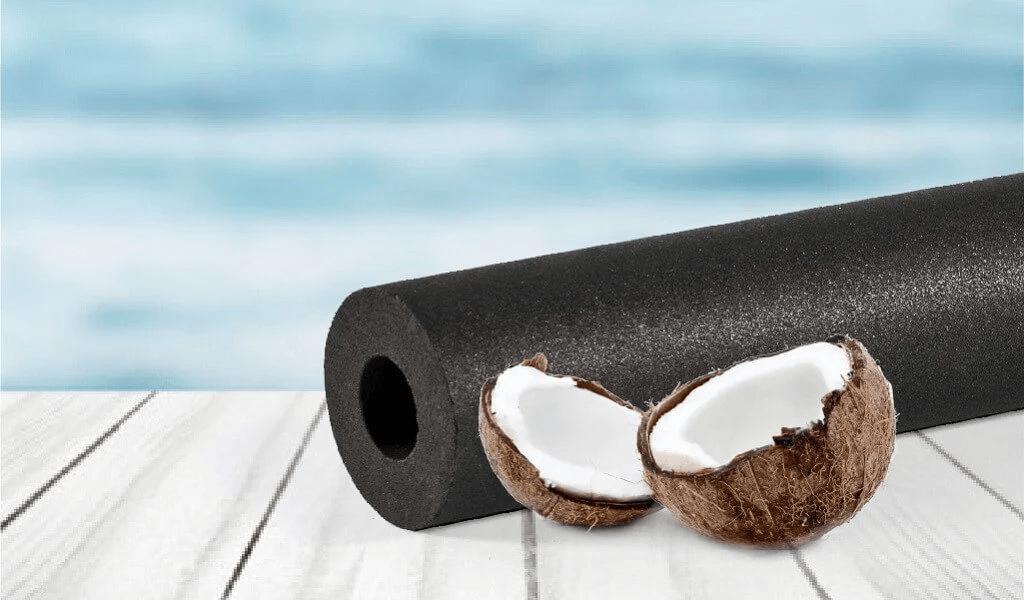
The Science Behind Activated Carbon Filtration
Understanding the science behind your chosen method is exciting and necessary to make informed decisions about water filtration. Activated carbon filtration is very effective, but what makes it so?
Adsorption vs. Absorption: The Basic Principle
The secret to activated carbon’s effectiveness is in the principle of adsorption. Unlike absorption, where substances are taken into the bulk of a material, adsorption is the adhesion of atoms, ions, or molecules to the surface. This surface interaction allows activated carbon to trap many contaminants, from organic compounds to heavy metals. Carbon filters remove contaminants by adsorbing them onto the filter’s surface and large pores, thus reducing bad tastes, odors, and other particles in water.
Types of Activated Carbon: Material Matters
Activated carbon can be made from raw materials such as coal, wood, and coconut shells. Granular activated carbon filters have loose granules of activated carbon that allow water to flow through quickly, effective filtration. Each type has characteristics that make it more or less suitable for specific applications. For example, coconut shell carbon with an iodine value of 1000-1200 is known for its long adsorption time and high effectiveness. It’s the preferred choice for high-end water purifiers and the only type of activated carbon used in our products.
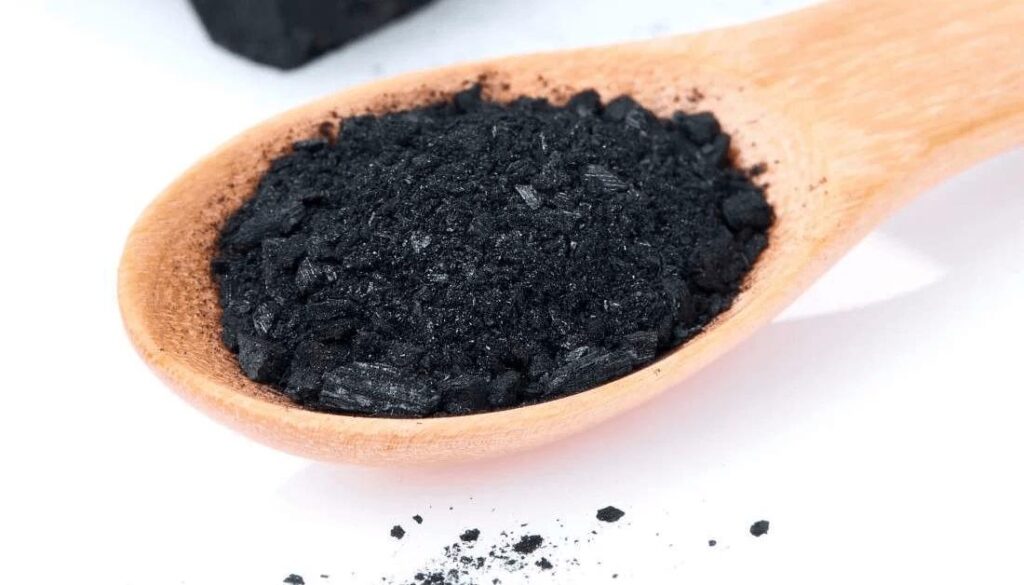
Pore Structure
Activated carbon effectiveness also depends on its pore structure. The activation process creates a massive internal network of tiny pores, increasing the surface area to 1,000 square meters per gram. This large surface area means more adsorption capacity and effectively removes contaminants.
Acid Washed vs Non-Acid Washed Carbon
Activated carbon can also undergo acid washing to remove impurities and heavy metals. Acid-washed activated carbon is more expensive but has fewer impurities and a neutral pH, which is suitable for sensitive applications.
Silver Impregnated Carbon: An Extra Layer of Protection
Some activated carbon filters are impregnated with silver for their antibacterial properties. Known as silver-impregnated activated carbon, these filters are very effective in removing bacteria and improving the taste and odor of water.

Quality Indicators: How to Choose
Quality Indicators: How to Choose
When choosing activated carbon, look for iodine adsorption, CTC adsorption, and methylene blue adsorption values. Higher values in these indicators mean stronger adsorption capability.
What Can Activated Carbon Filters Remove?
Activated carbon filters are great at removing many contaminants from water. But what can they remove? Below is a list of pollutants that activated carbon filters are effective against, backed by science.
| Contaminant Type | Effectiveness |
|---|---|
| Chlorine and Chloramine | Highly Effective |
| Volatile Organic Compounds | Highly Effective |
| Heavy Metals | Effective |
| Pesticides and Herbicides | Effective |
| Sediments and Particulates | Moderately Effective |
| Microbial Contaminants | Varies |
| Pharmaceutical Residues | Effective |
| Bad Tastes and Odors | Highly Effective |
Chlorine and Chloramine
- Chlorine in Water Treatment Systems
Chlorine is the disinfectant of choice for most water treatment plants worldwide. While it kills harmful bacteria and pathogens, the residual chlorine in your tap water can cause:
Health Risks: Studies show that people who drink water with chlorine are 93% more likely to get sick than those who don’t.
Taste and Odor: Chlorine can ruin the taste and smell of your water.

- The Best Adsorption of Activated Carbon Filters
Activated carbon filters are specialized solutions for removing contaminants. Because of their large surface area and adsorption principle, they are great at adsorbing chlorine molecules.
- Testimonials for Effectiveness
EPA and NSF International confirm that activated carbon filters remove chlorine from water. Read more from EPA.

Volatile Organic Compounds (VOCs)
- These are organic chemicals that have high vapor pressure at room temperature. Activated carbon filters can remove many VOCs and improve water’s taste and smell.
Heavy Metals
Heavy Metals in Water Supplies
Due to industrial runoff, natural deposits, and old infrastructure, heavy metals like lead, mercury, and arsenic are present in water supplies. These metals are harmful when ingested, so removal is a must. Activated carbon block filters remove heavy metals from water so you can drink safely.
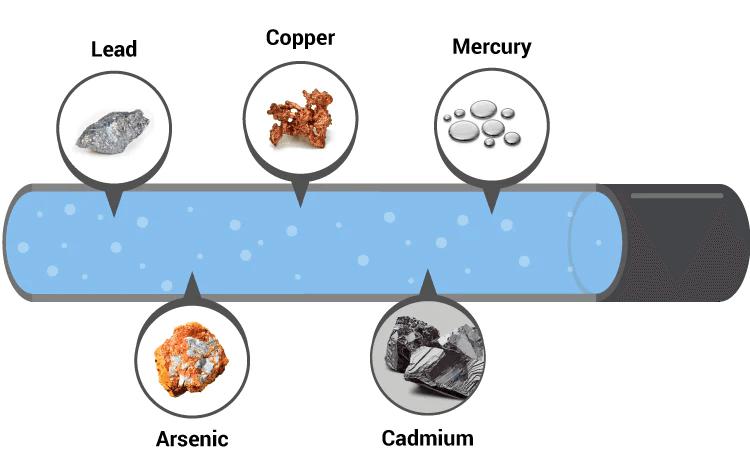
- The Best Filters for Heavy Metals
Activated carbon filters are designed to remove many heavy metals from water. Their large surface area and adsorption make them excellent at trapping heavy metal ions.
Health Risks of Heavy Metals
Heavy metals can cause serious health problems, neurological disorders, developmental delays in children, and chronic diseases.
Pesticides
- Pesticides in Water Systems
Pesticides like Chlordecone/CLD/Kepone, Chlordane, and Heptachlor are in water because they are used in agriculture. The National Institute of Environmental Health Sciences defines pesticides as substances that kill, repel, or control plant or animal life, considered pests.

- The Science Behind Activated Carbon Filters
Activated carbon filters have been tested and designed to remove up to 14 of the most common pesticides from water. They work because of their surface area and adsorption principle.
- Health Impacts
Exposure to pesticides can cause short-term and long-term effects, from immediate poisoning to chronic illness that can last for years.
Herbicides
Herbicides have been around for centuries to control weeds and boost crop production. However, these chemicals can seep into water sources and affect aquatic life and humans.
- Activated Carbon Filters
Remove 12 herbicides, including 2,4-D and atrazine.-tested.
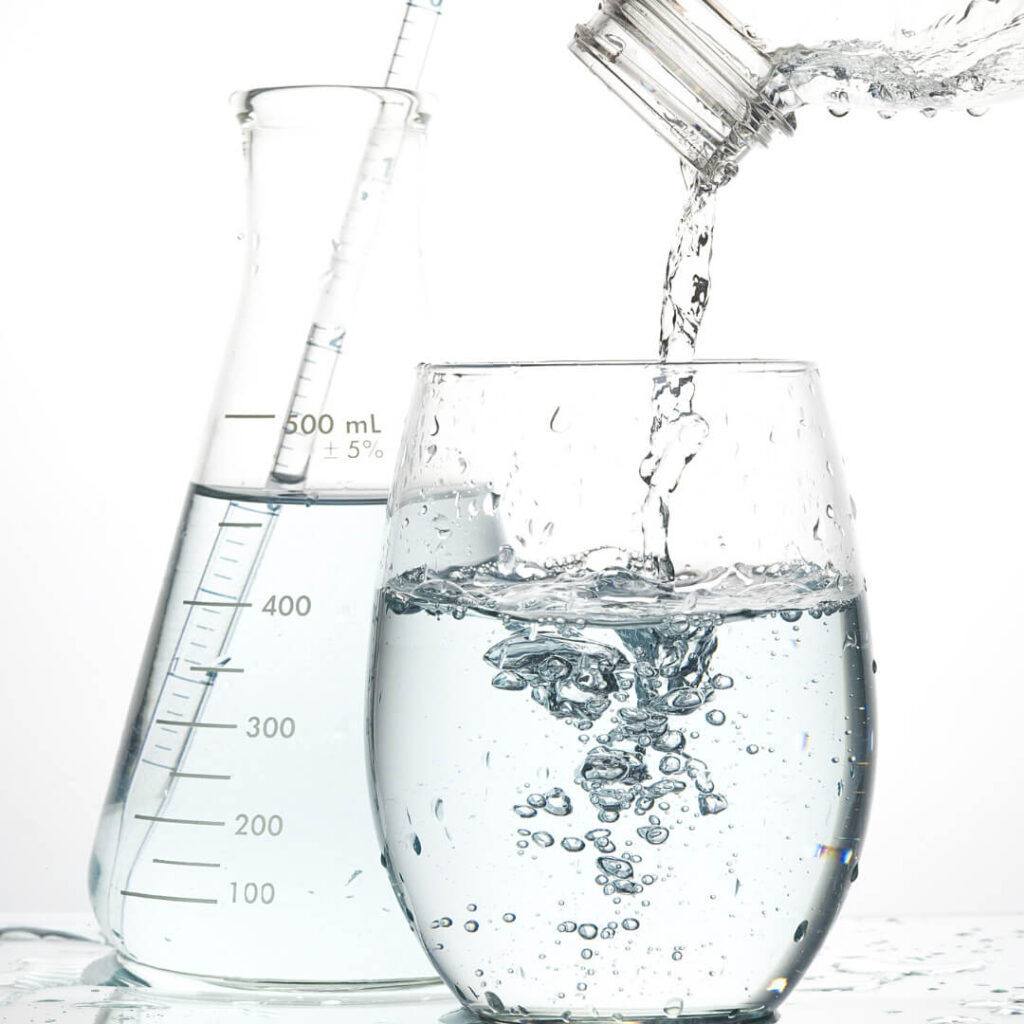
- Herbicide Risks
Some herbicides have been shown to cause cancer and other long-term health issues, so removal from the water supply is critical for public health.
Sediments and Particulates
How Common are Sediments and Particulates in Water
Sediments and particulates are in the water supply due to natural erosion, industrial activity, and agricultural runoff. They may not be a direct health risk but can affect water clarity and taste. GAC filters are often compared to other filters for their ability to remove sediments and particulates.
GAC Filters
They are not as specialized as sediment filters but can trap various sediment types and particulate matter. Porous structure and large surface area make them a secondary option for sediment removal.
Things to Consider
When it comes to sediment and particulate removal, you must consider the type and quality of the GAC filter you choose. Some are better than others at this.
Microbes
What do charcoal filters remove? Some GAC filters have silver impregnated to kill bacteria and prevent microbial growth.
Pharmaceuticals
GAC filters can remove pharmaceuticals that end up in the water supply.
Bad Taste and Odor
One of the most common uses of GAC filters is to improve the taste and odor of water by removing contaminants that cause these.

Are All Carbon Filters Created Equal?
The short answer is no. The effectiveness of a carbon filter largely depends on the type and quality of activated carbon used and the design of the filter itself. Let’s explore these factors in detail.
Types of Activated Carbon: Not All Are the Same
Coconut Shell Carbon: This type of activated carbon is known for its long adsorption time and high effectiveness. It’s generally more expensive but is preferred for high-end water purifiers. As the EPA recommends, coconut shell carbon is particularly effective at removing inorganic contaminants, including pesticides and herbicides.
Coal-Based Carbon: Generally used in low-end purifiers, this type of carbon is less effective and has a shorter adsorption time. It’s also heavier compared to coconut shell carbon.
Wood-Based Carbon: This type is mainly used for air purification but is not commonly used in water filters due to its short adsorption time.
Quality Indicators: What to Look For
- Iodine Number: This measures the carbon’s ability to adsorb small molecules. A higher iodine number indicates better quality.
- CTC Value: This measures the carbon’s ability to adsorb chloroform, indicating its effectiveness against VOCs.
- Methylene Blue Adsorption: This measures the carbon’s ability to remove color, indicating its overall adsorptive capacity.
Importance of Choosing the Right Filter
Choosing the right activated carbon filter is crucial for effective water purification. Whether you’re wondering, “What does a carbon filter remove from water?” or “Does a carbon filter remove chlorine?” the type and quality of activated carbon used will provide the answer.
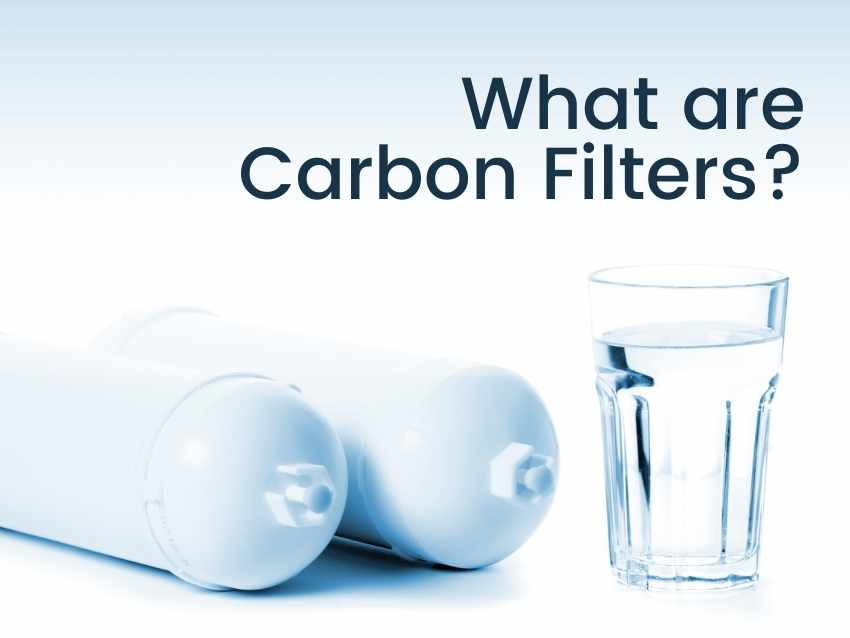
For businesses primarily in the water industry, choosing the right type of activated carbon can make all the difference to the end product. It’s about meeting standards and exceeding customer water purity and taste expectations.
Conclusion
In today’s market, water quality is not just a regulatory requirement; it’s a business necessity. Activated carbon filters are versatile and practical for all water purification needs. They remove chlorine and VOCs, as well as taste and odor, and are a must-have in any water treatment plan.
Business Benefits:
- Customization: Activated carbon filters can meet your specific filtration needs, which is a solution for your business.
- Effectiveness: These filters remove many contaminants, so you meet and exceed water quality standards.
- Scalability: Whether a small business or a large corporation, activated carbon filters can be scaled to your volume needs, making them a flexible solution for all.
- Cost-effectiveness: While the upfront cost may be higher, the long-term benefits of compliance and customer satisfaction make it a cost-effective choice.
Get in touch today to upgrade your filtration system and grow your business.
Don’t accept mediocre water quality. Take your business to the next level with a high-tech activated carbon filtration system.
